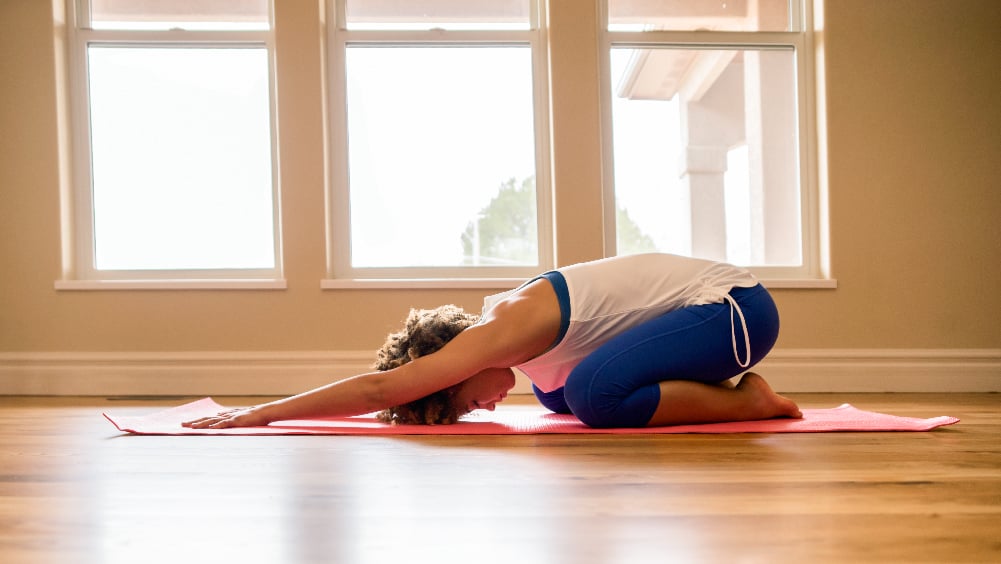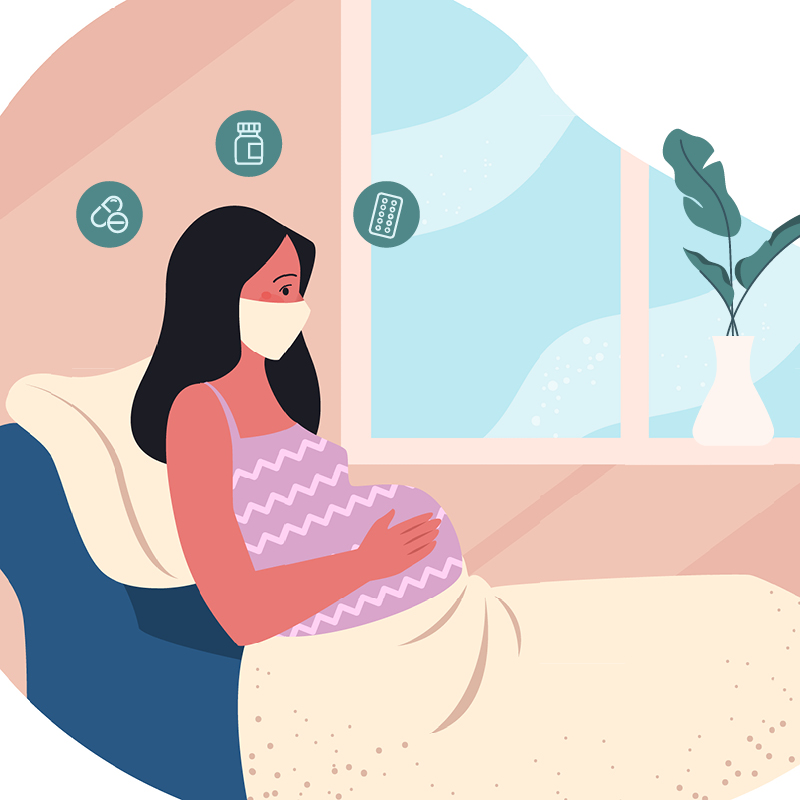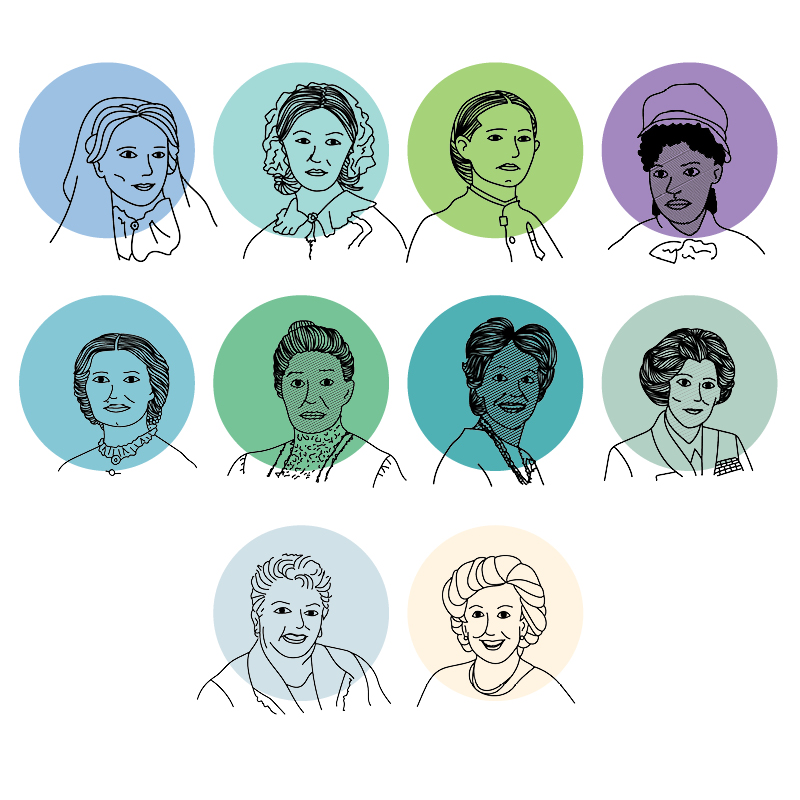When women experience pelvic pain, they rarely discuss it openly. Living with chronic constipation, urinary incontinence, myofascial (chronic muscle) pain, or having routinely painful intercourse can be signs of issues with pelvic muscles or tissue.
Erika Kozlowski, MSPT and Kelly Lockwood, MSPT are Physical Therapists with the Pelvic Health Center at Rochester Regional Health and give examples of some stretches and movement that can help women relax their pelvic muscles.
Exercises at home
Introducing stretches or exercises to perform at home depends on the health of each patient, any movement restrictions they may have, their age, and their general mobility.
Physical therapists are best suited for performing an assessment for a patient to see how her pain is influenced by different muscles and tissue in the pelvic floor. The pelvic floor is composed of muscle fibers and connective tissue that support the organs and muscles underneath the pelvis, including the bladder, rectum, anal sphincter, or vaginal opening.
RELATED: Overcoming Pelvic Pain Through Physical Therapy
Three techniques used to relax the pelvic floor muscles and ligaments are child’s pose, the butterfly stretch, and focused breathing.
Child’s pose places the person in a gentle stretch position by placing their hands and knees on the ground, then slowly stretching their arms as far forward as possible while flattening their back. During this post, the belly should rest between the thighs and the forehead should be on the ground.

Butterfly stretches are best performed while lying on the back to stretch the inner thigh muscles. Bring the soles of the feet together, then slowly press the outer edge of the knees toward the floor.

Focused breathing brings attention to the use of a person’s diaphragm for breathing and how they can use their breath to relax the abdominal muscles, pelvis, and ligaments. For this technique, place one hand on the upper chest and one on the lower abdomen and breathe in, filling the belly with air. As the belly expands, think about breath being an elevator moving from the bottom upward.

“We are looking to allow patients to relax and avoid movements, stretches, or exercises that would trigger their pain and potentially make it worse,” Kozlowski said. “If someone has pelvic pain and tries certain exercises without knowing the source of their pain, it can sometimes make their pain worse. Seeing a physical therapist for a proper evaluation is important to ensure you are on the right path for better pelvic health.”









